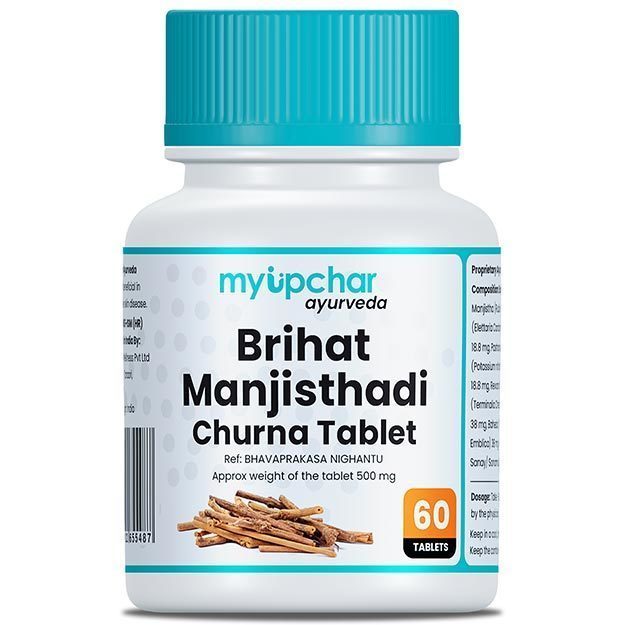Ringworm, often referred to as dadru in Ayurveda, is a condition of the skin characterised by a copper-coloured circular or ring-like raised lesion on the skin that itches. The most common cause of ringworm is poor hygiene, which allows the fungus to invade the skin. It is commonly seen in over-populated countries with humid climatic conditions.
Ayurveda describes various treatments for diseases of the skin. Lepa (coating the affected body part with medications) is the most commonly used external treatment for the management of ringworm. The herbs prescribed by Ayurvedic physicians for the treatment of ringworm are shankhapushpi (aloe weed), haridra (turmeric), aragvadha (golden shower), chakramarda (foetid cassia) and palash (flame of the forest). Ayurvedic formulations used in the management of ringworm are dadrughni vati, mahamarichyadi taila, arogyavardhini vati, karanjadi taila and kaishora guggulu.

















































